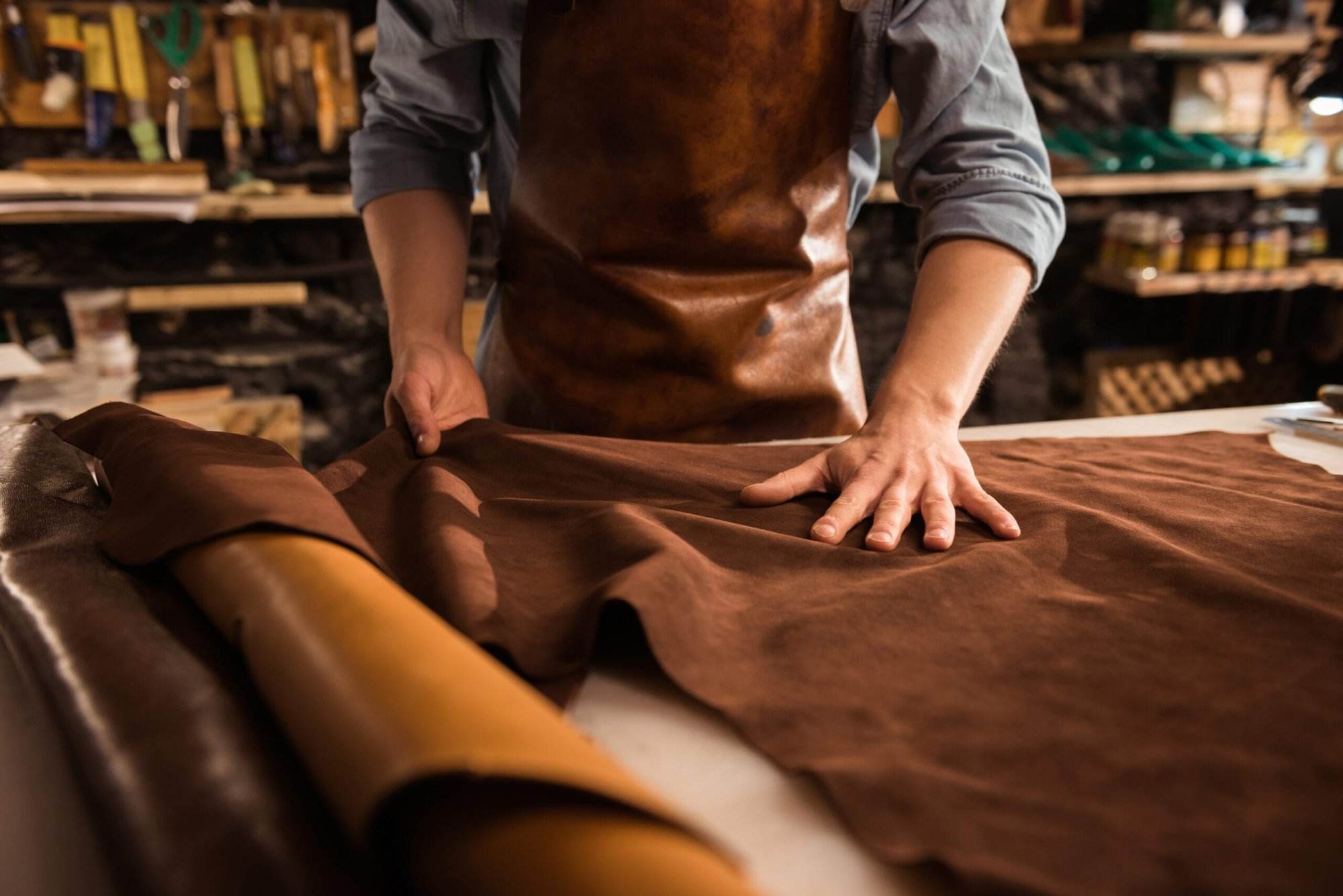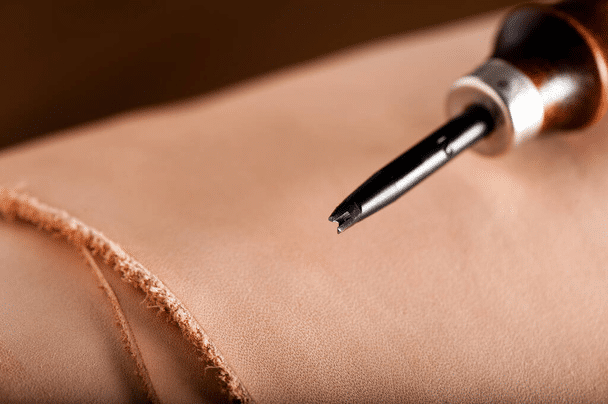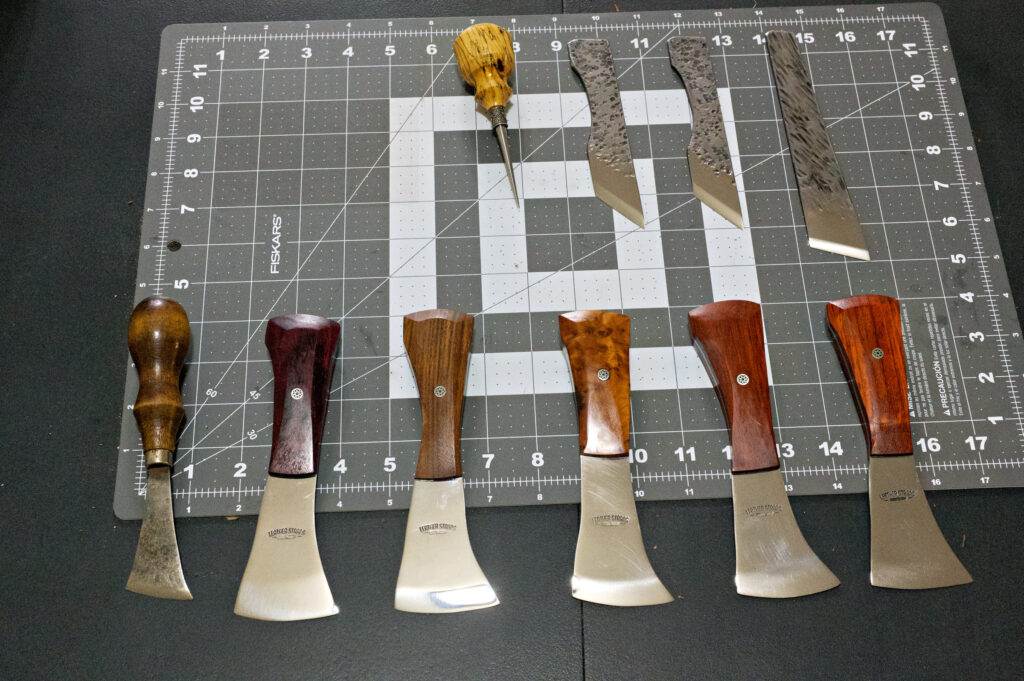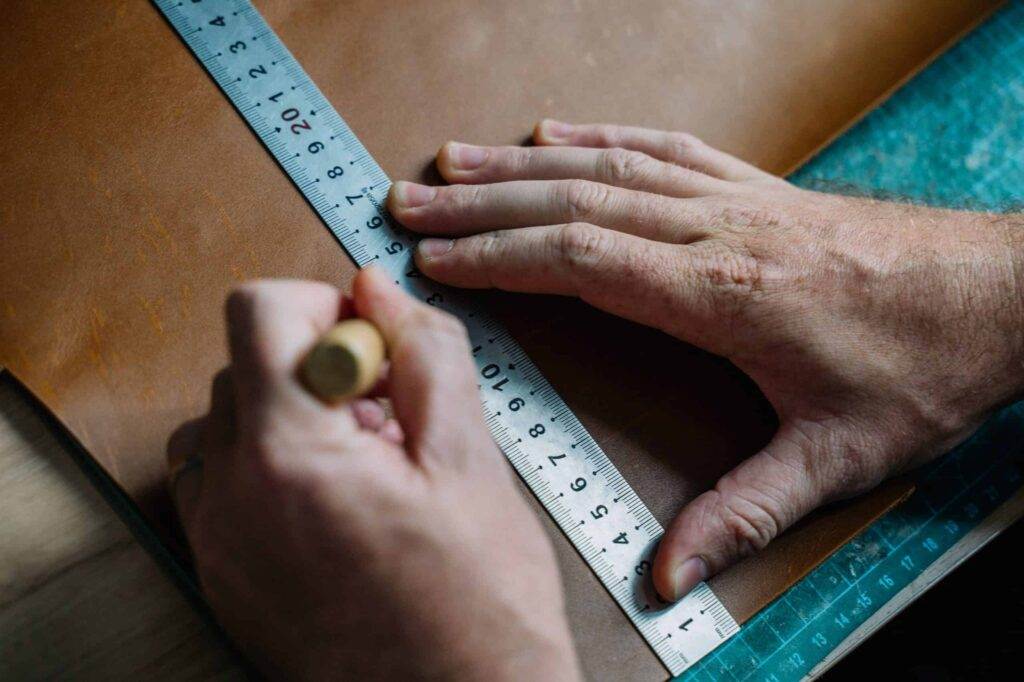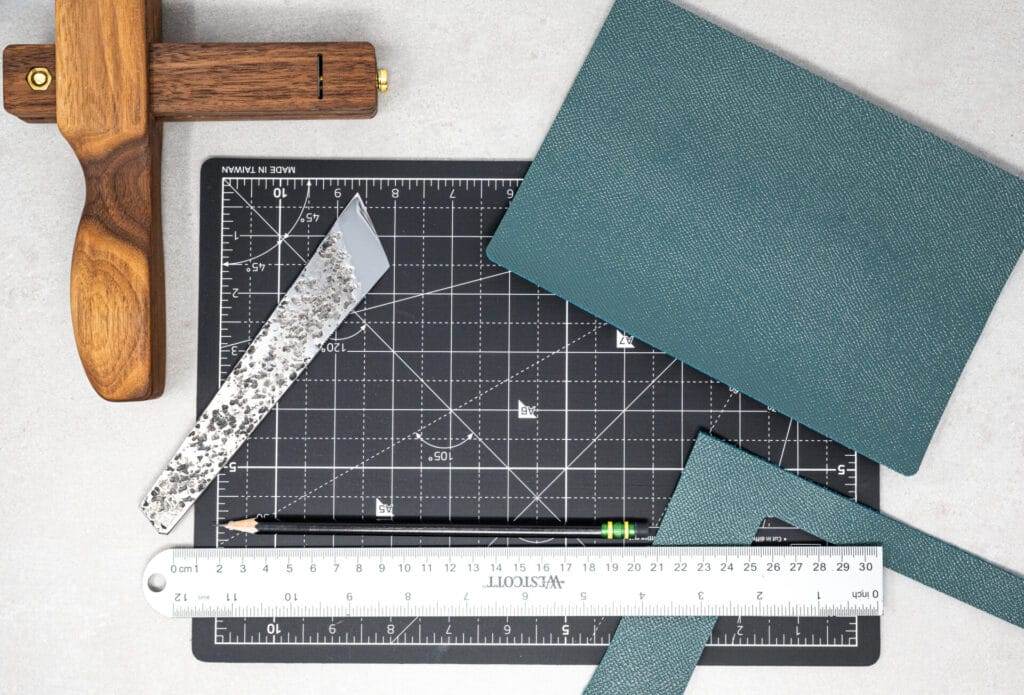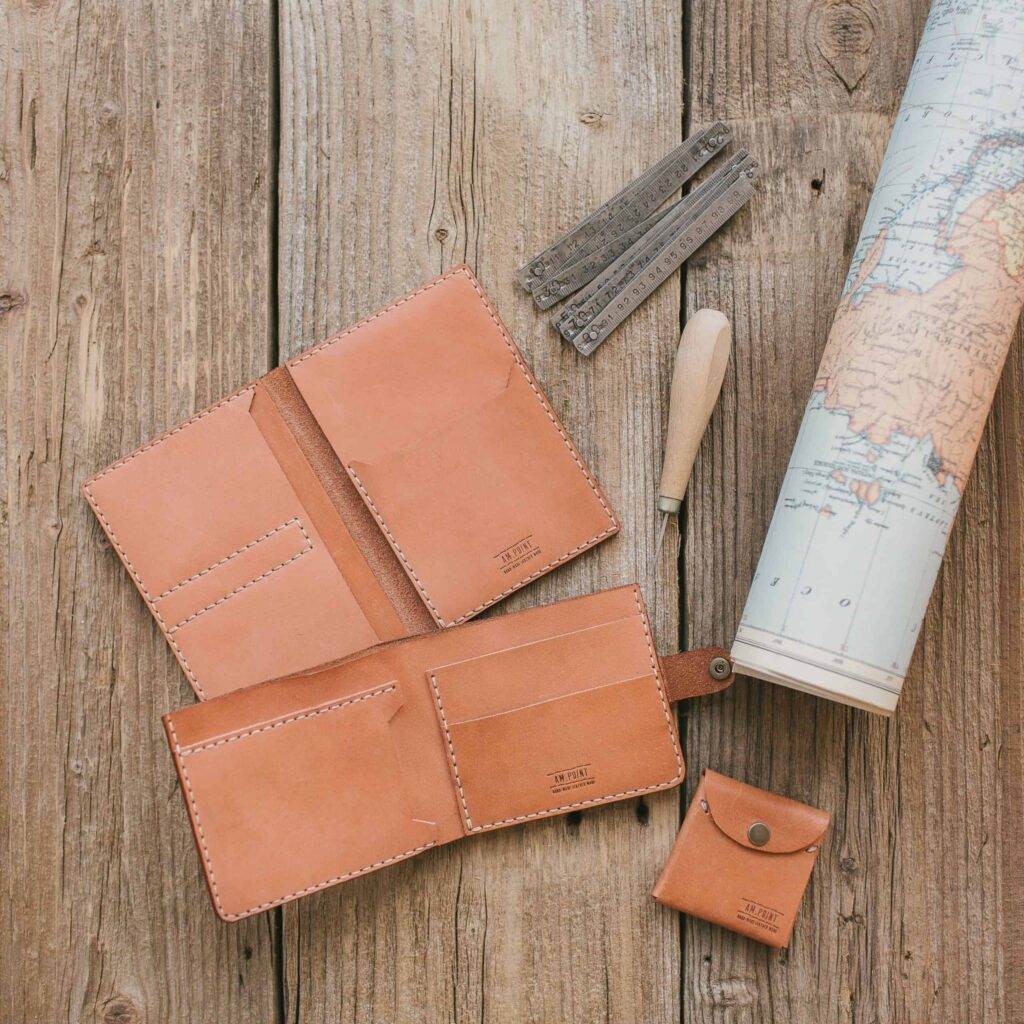Leather Storage and Environmental Factors in Leathercraft
Proper leather storage is crucial for maintaining the integrity and longevity of leather goods. Leather, being a natural material, is susceptible to various environmental factors that can lead to deterioration if not stored correctly. Whether it’s a cherished leather jacket, a handcrafted wallet, or tools like leathercraft knives and awls, understanding how to store leather properly can make a significant difference in preserving its quality.
Leather is not just a material; it is an investment that requires care and attention to ensure it remains functional and aesthetically pleasing over time. When leather is stored improperly, it can suffer from a range of issues, including cracking, fading, and mold growth. These problems can arise from exposure to moisture, extreme temperatures, or even direct sunlight.
By taking the time to learn about the best practices for leather storage, individuals can protect their leather items from these damaging effects. This knowledge is particularly important for artisans and crafters who rely on high-quality leather tools and materials to create their work. Proper storage not only extends the life of leather goods but also enhances their appearance, ensuring they remain a source of pride for years to come.

Key Takeaways
- Proper leather storage is important to maintain the quality and longevity of leather products.
- Environmental factors such as humidity, temperature, light, and air quality can significantly affect the condition of leather.
- High humidity can cause leather to become moldy and deteriorate, while low humidity can lead to dryness and cracking.
- Extreme temperatures can also damage leather, with high heat causing it to become brittle and cold temperatures leading to stiffness.
- Exposure to direct sunlight and artificial light can cause leather to fade and deteriorate, so it’s important to store leather away from light sources.
Environmental Factors Affecting Leather
Several environmental factors can significantly impact the condition of leather. These include humidity, temperature, light exposure, and air quality. Each of these elements plays a role in how leather reacts over time.
For instance, high humidity levels can lead to mold and mildew growth, while low humidity can cause the leather to dry out and crack. Similarly, extreme temperatures can warp or damage leather, making it essential to find a stable environment for storage. Light exposure is another critical factor that can affect leather.
Ultraviolet (UV) rays from sunlight can cause fading and discoloration, leading to a loss of vibrancy in the material. Additionally, poor air quality can introduce pollutants that may degrade the leather over time. Understanding these environmental factors is vital for anyone looking to maintain the quality of their leather items.
By recognizing the potential risks associated with each factor, individuals can take proactive steps to create an optimal storage environment.
Humidity and Leather Storage
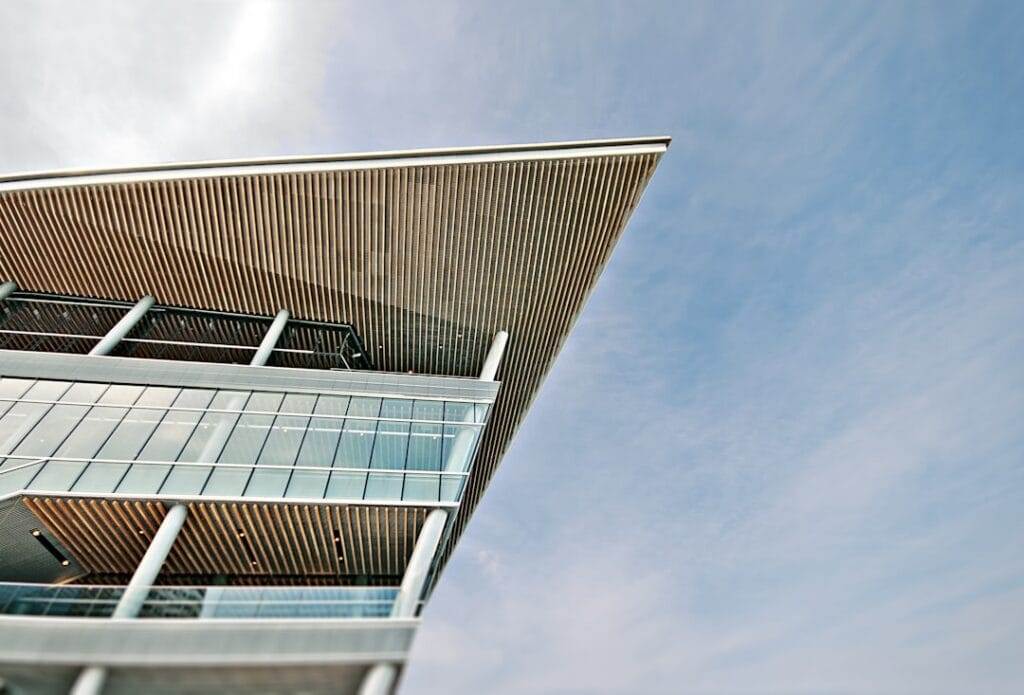
Humidity plays a pivotal role in the preservation of leather. Ideally, leather should be stored in an environment with a relative humidity level between 40% and 60%. When humidity levels exceed this range, the risk of mold and mildew increases significantly.
Mold thrives in damp conditions, and once it takes hold on leather, it can be challenging to remove without causing damage. This is particularly concerning for those who own valuable leather items or tools like those crafted by LeatherStraps.org. Conversely, low humidity can be equally detrimental to leather.
When the air is too dry, it can lead to the loss of natural oils within the leather, resulting in a brittle texture that is prone to cracking. To combat these issues, it is advisable to use a hygrometer to monitor humidity levels in storage areas. If necessary, dehumidifiers or humidifiers can be employed to maintain an ideal environment.
Additionally, storing leather items in breathable bags or containers can help regulate moisture levels and protect against fluctuations.
Temperature and Leather Storage
Temperature is another critical factor that influences the condition of leather. The ideal temperature for storing leather goods typically falls between 60°F and 75°F (15°C to 24°C). Extreme heat can cause leather to dry out and lose its suppleness, while excessive cold can lead to stiffness and cracking.
Fluctuations in temperature can also create condensation, which may contribute to mold growth if humidity levels are not properly managed. To ensure that leather items are kept in a stable temperature environment, it is advisable to avoid storing them in areas such as attics or basements where temperatures can vary significantly. Instead, choose a climate-controlled space that maintains consistent conditions year-round.
For those who live in regions with extreme weather changes, investing in climate control systems may be beneficial for preserving valuable leather goods and tools.
Light and Leather Storage
Light exposure is often an overlooked aspect of leather care. Prolonged exposure to direct sunlight or bright artificial light can lead to fading and discoloration of leather surfaces. UV rays are particularly harmful as they break down the chemical bonds in the dye used on leather, resulting in a dull appearance over time.
This is especially important for items that are frequently used or displayed, as they are more likely to be subjected to light exposure. To protect leather from light damage, it is advisable to store items in dark or shaded areas when not in use. Using protective covers or cases can also help shield leather from harmful light sources.
For those who display their leather goods as part of home decor or craft displays, consider using UV-filtering glass or acrylic cases to minimize exposure while still showcasing the beauty of the material.
Air Quality and Leather Storage
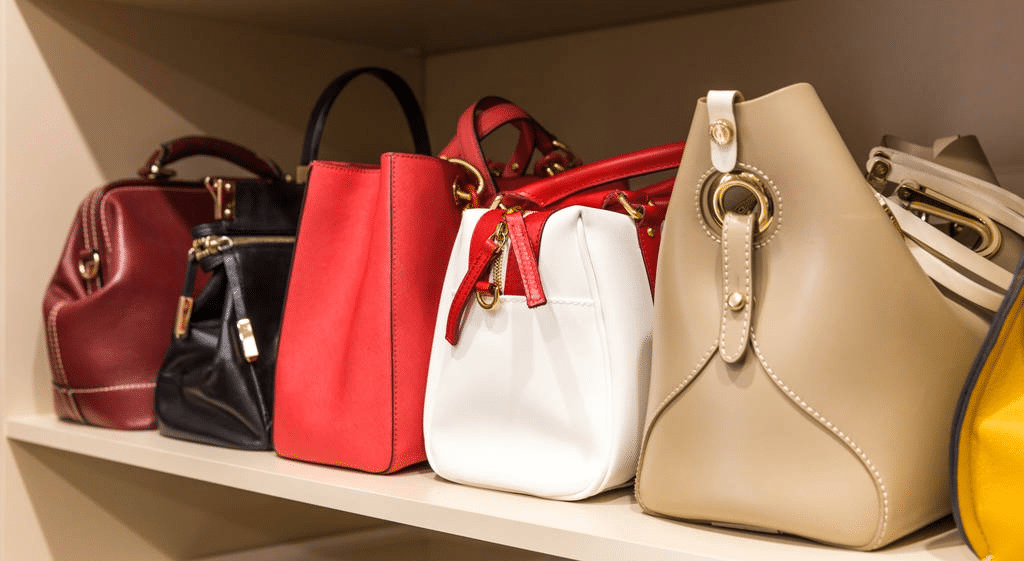
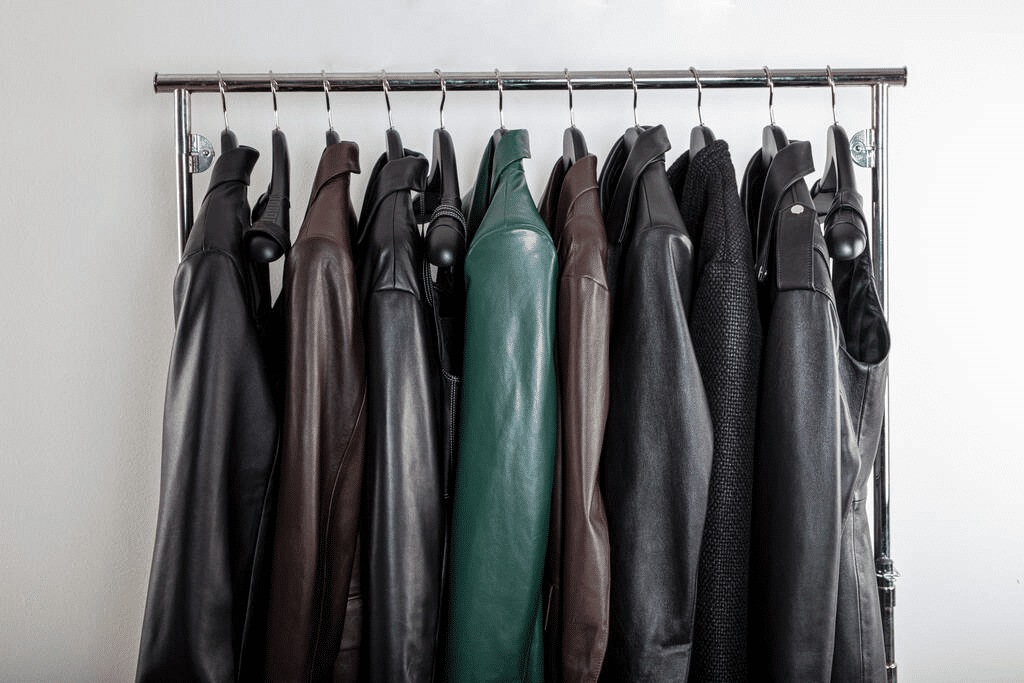
Air quality is another essential consideration when it comes to storing leather items. Pollutants such as dust, smoke, and chemicals can negatively impact the condition of leather over time. Dust accumulation can lead to scratches and dullness on the surface, while smoke from cigarettes or cooking can leave unpleasant odors that are difficult to remove.
Additionally, certain chemicals found in household cleaners or air fresheners may cause discoloration or degradation of the leather. To maintain good air quality around stored leather items, it is advisable to keep storage areas clean and well-ventilated. Regularly dusting off leather goods with a soft cloth can help prevent buildup that could harm the material.
Furthermore, avoiding the use of harsh chemicals near stored leather will help preserve its natural qualities. For those who are particularly concerned about air quality, investing in an air purifier may be beneficial for creating a healthier environment for their leather items.
Tips for Proper Leather Storage
To ensure that leather items remain in optimal condition, several practical tips can be followed for proper storage. First and foremost, always clean leather before storing it away for an extended period. Use a damp cloth to wipe away any dirt or grime, followed by a gentle conditioning treatment to replenish lost oils.
This step helps prevent any buildup that could lead to deterioration during storage. Additionally, consider using breathable storage solutions such as cotton bags or boxes lined with acid-free tissue paper. Avoid plastic containers as they can trap moisture and create an environment conducive to mold growth.
When stacking multiple items, ensure they are not overly compressed against one another; this helps maintain their shape and prevents creasing or warping. Regularly checking on stored leather items is also essential. Periodically inspect them for signs of damage or deterioration so that any issues can be addressed promptly.
If necessary, rotate items occasionally to ensure even exposure to air and light conditions.
Maintaining Quality in Leathercraft
In conclusion, maintaining quality in leathercraft requires careful attention to storage practices that protect against environmental factors such as humidity, temperature, light exposure, and air quality. By understanding how these elements affect leather over time, individuals can take proactive measures to preserve their valuable items—whether they are personal belongings or essential tools like those crafted by LeatherStraps.org. Proper storage not only extends the life of leather goods but also enhances their beauty and functionality.
By implementing best practices for cleaning and storing leather items, enthusiasts and artisans alike can ensure that their investments remain in excellent condition for years to come. Ultimately, taking the time to care for leather properly reflects a commitment to craftsmanship and respect for this timeless material.
FAQs
What is leather storage?
Leather storage refers to the proper methods and conditions for storing leather items, such as leathercraft projects, leather garments, or leather furniture, to maintain their quality and prevent damage.
What are the environmental factors that can affect leather storage?
Environmental factors that can affect leather storage include temperature, humidity, light exposure, and air quality. These factors can impact the condition and longevity of leather items.
How does temperature affect leather storage?
Extreme temperatures, both hot and cold, can have a negative impact on leather storage. High temperatures can cause leather to dry out and crack, while low temperatures can cause leather to become stiff and brittle.
How does humidity affect leather storage?
Excessive humidity can cause leather to become moldy and deteriorate, while low humidity can cause leather to dry out and lose its natural oils, leading to cracking and damage.
How does light exposure affect leather storage?
Direct sunlight and prolonged exposure to artificial light can cause leather to fade and become discolored. It is important to store leather items away from direct light to preserve their appearance.
How does air quality affect leather storage?
Poor air quality, such as exposure to pollutants or chemicals, can have a detrimental effect on leather storage. It is important to store leather items in a clean and well-ventilated environment to prevent damage.
What are some tips for proper leather storage?
Some tips for proper leather storage include storing leather items in a cool, dry place away from direct sunlight, using breathable storage containers or covers, and periodically conditioning the leather to maintain its suppleness and prevent drying out.

